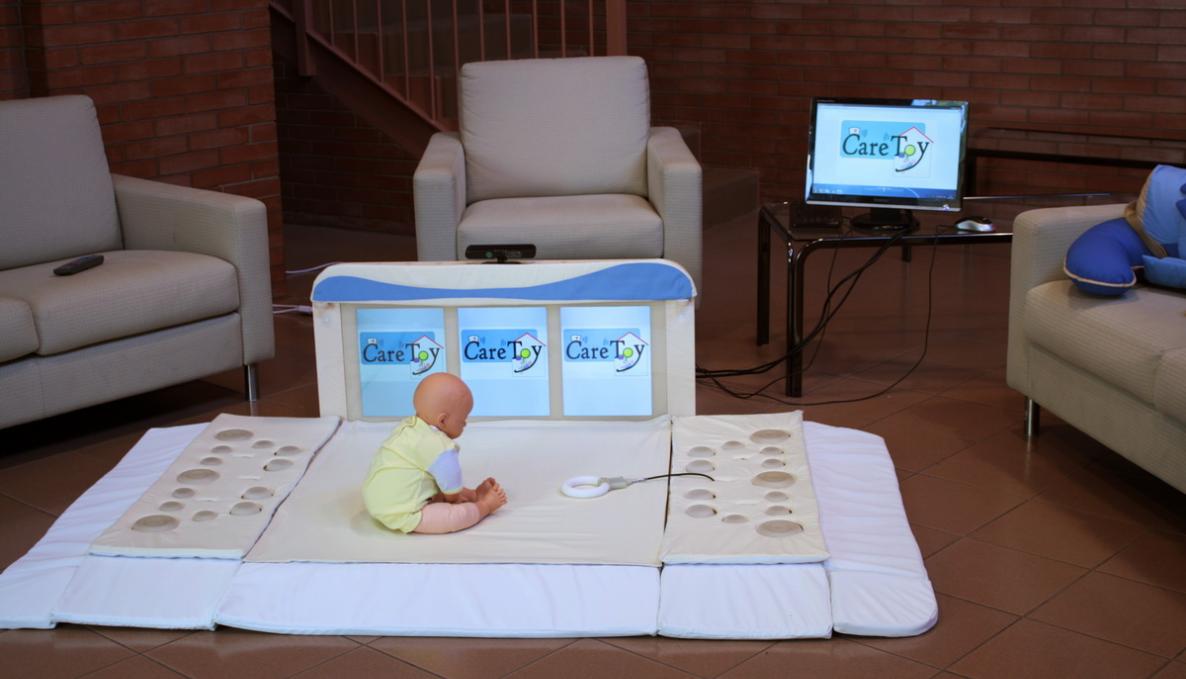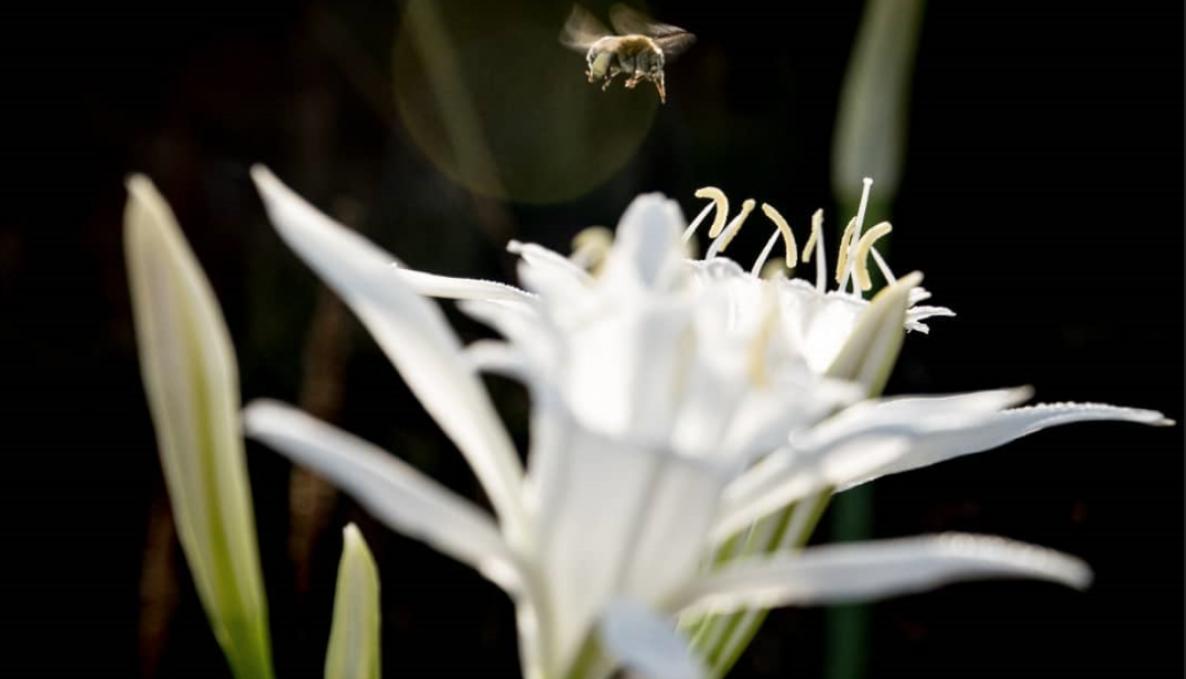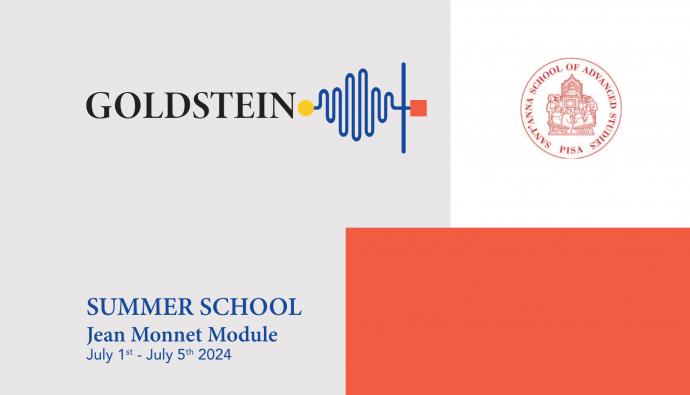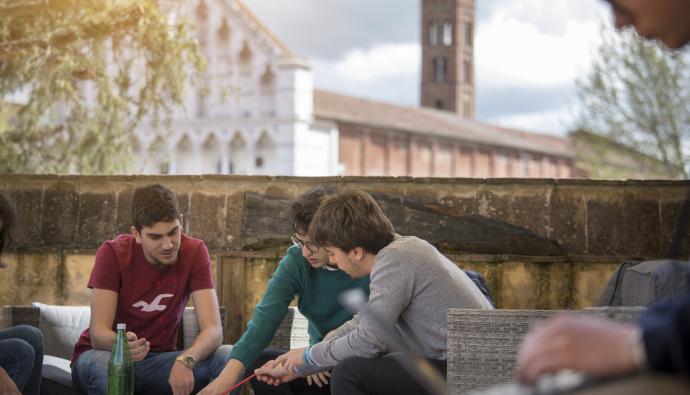BIOROBOTICs AND NEUROSCIENCE: CARETOY NEW PROJECT, FUNDED BY MINISTRY OF HEALTH, STELLA MARIS AND AOUP PISA, HOME-BASED THERAPY FOR CHILDREN AT RISK FOR NEUROLOGICAL INJURY

A home-based therapy for children at risk for neurological disorders: the CareToy project presented on October 5, on the occasion of the “World Cerebral Palsy Day”, aims to develop the “smart baby gym” designed by IRCCS Stella Maris and Sant’Anna School Institute of Biorobotics. The first assessment was performed in 50 extremely premature infants, and then another group of 50 preterm and term infants with brain injury was added. The CareToy project is funded by the Italian Ministry of Health, the Sant’Anna School of Advanced Studies Institute of Biorobotics and the division of neonatology – University Hospital of Pisa; it is a home-based therapy for children at risk for cerebral palsy using a “smart baby gym” with sensorized remotely monitored toys.
Cerebral palsy describes disorders of the development of movement occurred in foetal or infant brain and is one of the most severe disabilities in childhood. The motor disorders are permanent. It occurs in 1 out of every 500 children in developed countries and more than double the number in developing countries. In Italy 2.000 children are diagnosed with CP each year. Every 8 hours a child is born with cerebral palsy. CP affects approximately 17 million people around the world and more than 90 thousand in Italy.
The motor disorders are often accompanied by disturbances of sensation, perception, cognition, communication and epilepsy; most severe cerebral palsy means a person will require a wheelchair.
The CP has a significant impact on the quality of life for the patients and the economic and social cost of this disease has greatly increased the burden on society estimating 40.000 euro a year per person treated and, adding direct and indirect costs the total annual financial burden goes up to 100.000 euro. Approximately, two-thirds of costs are paid by the family and one third is paid through the tax system. Patients with CP require expert medical care, health and social care services.
On October 5, the “World Cerebral Palsy Day”, the annual awareness event is taking place in more than 50 countries. The movement started with the declaration “We are here”. Six key areas need to be addressed: civil rights of patients, quality of life, education, our entire society economic/social/political contribution, the very best information for the diagnosis, prevention and treatment to make better decisions earlier in the process and provide everyone with CP the best possible assistance.
The CareToy project is focusing on children at risk of developing neurological damage. “If a child’s brain is properly stimulated in the first few months after the birth, when it has more cognitive flexibility and is more “plastic” – as explains Giovanni Cioni, Director of Stella Maris Foundation, professor of Child Neurology and Psychiatry – University of Pisa and project coordinator – also through chemical release from neurotransmitters and neurohormones it can self-repair, reduce or remove some brain damage which may cause the cerebral palsy. The brain stimulation should be provided in the first few weeks after birth; it is supposed to be interactive (not passive) and as pleasant fun (as a toy), intensive (30-40 minutes a day) - a home-based and family-centered therapy which should be monitored by the rehabilitation staff. This procedure is very complex and unfortunately is rarely performed “.
The CareToy system, inspired to commercially available gym for infants and equipped with a variety of sensors will allow to measure infant’s activity inside the gym.
“The CareToy Home system represents a challenging, innovative tool in the field of infant rehabilitation – explains Paolo Dario, director of Sant’Anna School Biorobotics Institute. This trial will explore the applicability of new high-tech components implementing rigorous scientific design in an environment very complex and delicate where children are involved. We paid much attention to assess the feasibility and acceptance of the system focusing on reactions of the children and their parents. We will broaden our research to injured children and show the CareToy system is adaptable to the infant’s needs”.
More than 2000 sensors check the quality of posture, reaching, grasping, and manipulation which are the fundamental skills children need to motor development. Sensor signals related to infant’s movement are acquired and processed by neurologists and pediatric physical therapists and children and parents may daily perform specific goal-directed activities. Playing with CareToy may improve the neurodevelopmental outcome in preterm infants, a rehabilitation tool for infants at risk of developing neurodevelopmental disorders.
The CareToy training has been performed in Pisa and Copenhagen, in the framework of a 3 year EU project. One-month trial was conducted in 50 preterm infants; infants’ visual, motor and cognitive abilities have been improved by early intervention. Following the results of the training, the IRCCS Stella Maris, Sant’Anna School and the division of Neonatology – University Hospital of Pisa presented the new project – 8 week trial in preterm infants during the first months after birth and the assessment of motor behavior will be then performed in severely injured infants aged 12 months,
The funding available for this call of the Italian Health Ministry is 74 million euro; approximately 3000 projects were presented by universities, hospitals and research institutions. More than 13.000 international reviewers evaluated the project proposals using very stringent criteria. The acceptance rate was 7% and only 220 projects will receive funding.
Professor Giovanni Cioni, CareToy project coordinator, announces the start of this 3 year CareToy trial. “We will perform the training in preterm infants in Pisa Hospital and in the Meyer Children Hospital in Florence”. The first year of the project will be devoted to technical review of the baby gym supported by Sant’Anna School bioengineers. In summer 2017 the research will be published and family therapy can be established.



